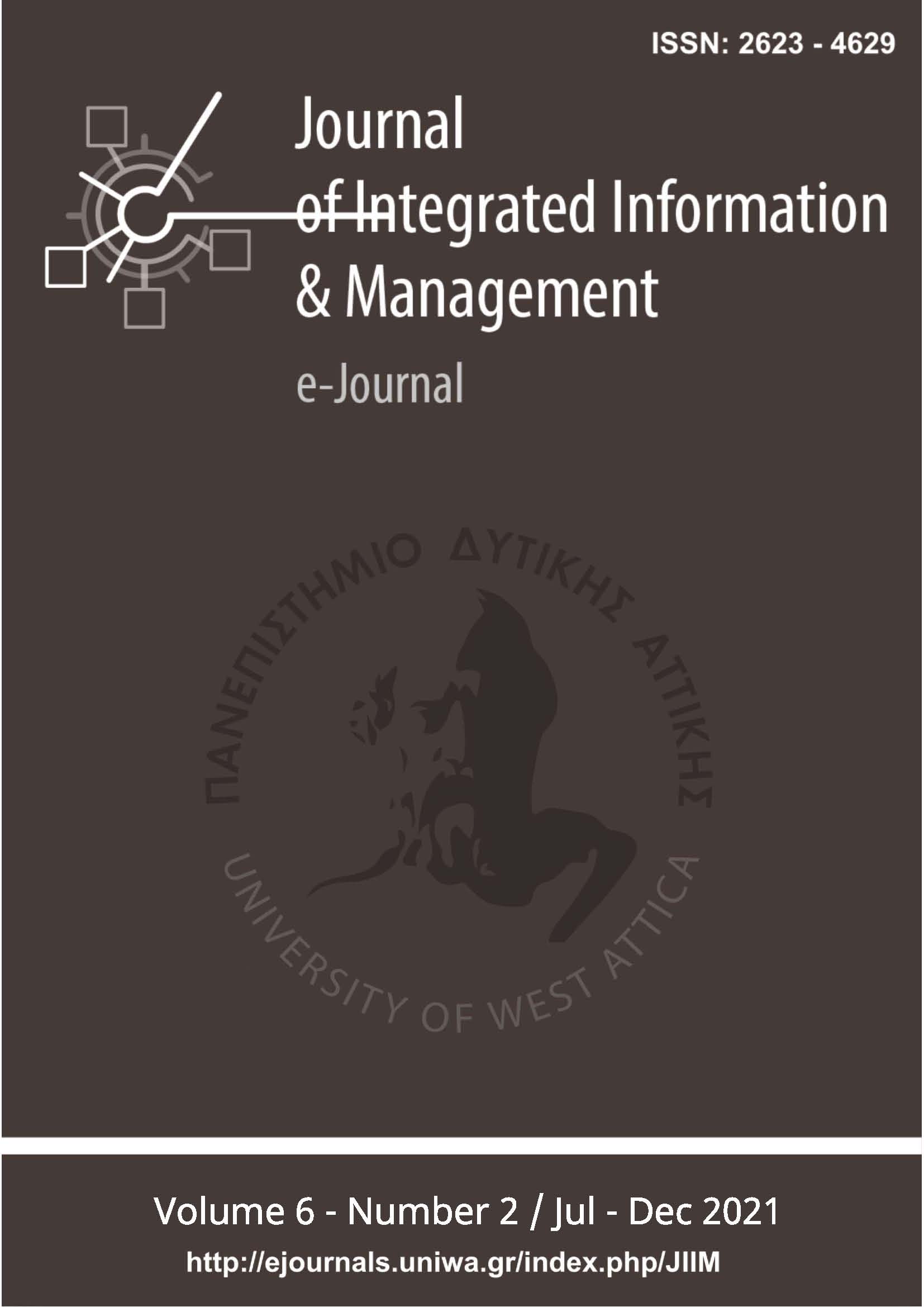MIMIC III and its contribution to critical care prediction models

Abstract
Purpose - The present paper attempts to present the research that has been made on prediction models using deep learning methods with data retrieved from mimic III database and to identify challenges and possible areas for future research.
Methodology - A literature research was conducted for articles related to MIMIC III and prediction models related to the database published from 2016 to 2021. Also, reviews and papers related to neural networks, machine learning, data mining and implementation and usage of electronic health records (EHR) in ICU were investigated to support findings from mimic III papers.
Findings - Prediction algorithms can be very useful in ICU units. Although some algorithms, such as InSight are specialized in specific diseases, others such as XGBOOST and recurrent neural networks can be used in a broader area, presenting quite accurate results.
Originality - Usually, reviews categorize research on MIMIC database per disease or per the desired outcome, such as the prediction of length of stay and the final outcome. The current study categorizes the research based on the tools, prediction models, and algorithms used. This way, it is possible to understand better how each method performs to various conditions and desired outcomes.
Article Details
- How to Cite
-
Markopoulos, D., Tsolakidis, A., & Skourlas, C. (2024). MIMIC III and its contribution to critical care prediction models. Journal of Integrated Information Management, 6(2), 7–12. Retrieved from https://ejournals.epublishing.ekt.gr/index.php/jiim/article/view/37890
- Section
- Research Articles

This work is licensed under a Creative Commons Attribution-NonCommercial 4.0 International License.
Copyright Notice
Authors who publish with JIIM agree to the following terms:
- Authors retain copyright and grant the journal right of first publication with the work simultaneously licensed under a Creative Commons Attribution Non-Commercial License that allows others to share the work with:
- An acknowledgment of the work's authorship and initial publication in this journal.
- Authors are permitted and encouraged to post their work online (preferably in institutional repositories or on their website) prior to and during the submission process, as it can lead to productive exchanges, as well as earlier and greater citation of published work.





